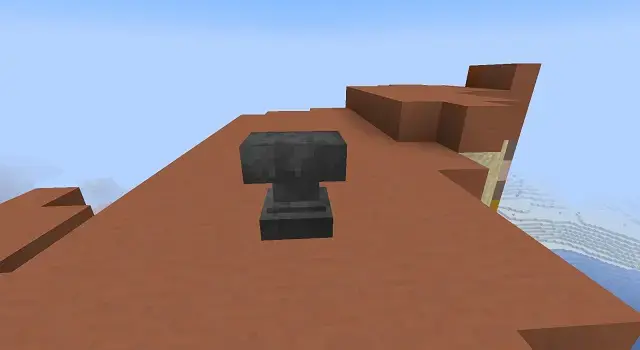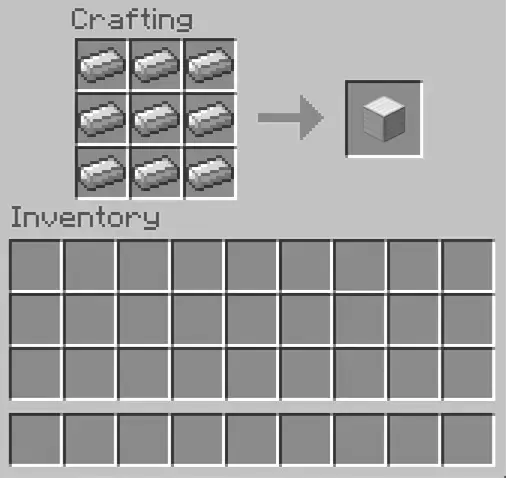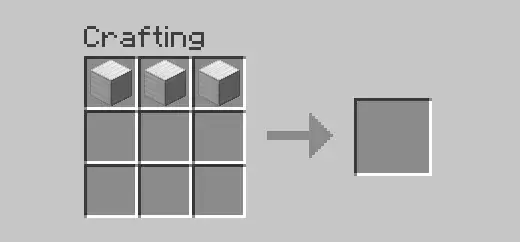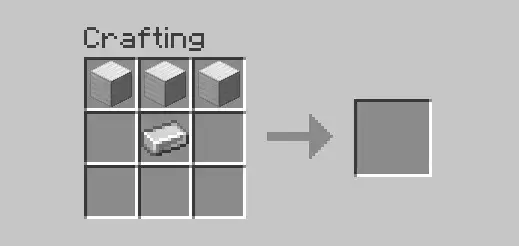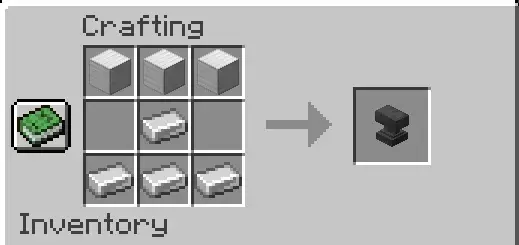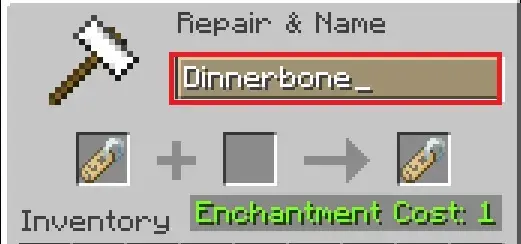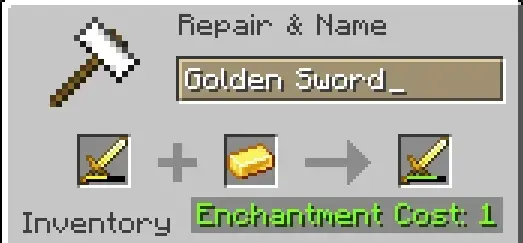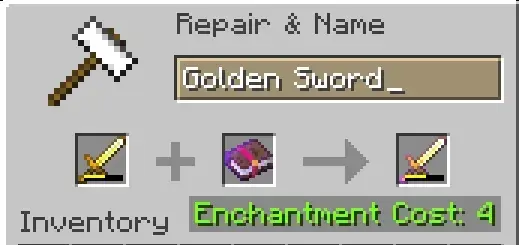In the early stages of Minecraft, all you really need are a furnace and a crafting table as your trusty utility buddies. But as you gather more resources and level up in the game, it’s smart to get some new tools to keep things rolling.
Now, when you get your hands on those shiny diamond tools, it’s time to kick them up a notch with enchantments. And guess what? You’re gonna need an anvil for that!
Sure, this chunky tool will cost you quite a bit of iron ore, but trust me, it’s a solid investment that pays off big time. So, let me break it down for you – here’s how to make an anvil and all the cool stuff you can do with it.
What Is an Anvil in Minecraft?
The anvil is like a super useful tool in Minecraft. It lets you fix up your items, give them new names, and play around with enchantments. Even though you can find it in woodland mansions, making one is actually pretty simple.
Read: 17 Best Minecraft 1.20 Seeds
Table of Contents
Essential Items for Crafting an Anvil
To make an anvil in Minecraft, you’ll need:
- 3 Blocks of Iron (make them from iron ingots)
- 31 Iron Ingots (27 for crafting iron blocks)
- Crafting Table
Creating an anvil means you’ll need quite a bit of iron, so start by going on a hunt for iron ore. Once you’ve got the ore, throw it into a furnace to smelt and end up with 31 iron ingots.
Now, take nine of those ingots and shape them into a block of iron on your crafting table – that’s a key move. The anvil’s crafting recipe needs three iron blocks and the remaining four iron ingots just as they are. Follow these steps, and you’ll be all set with everything you need to craft your anvil.
Crafting an Anvil in Minecraft: Step-by-Step Guide
Making an anvil is super easy once you have all the stuff you need. Just follow these simple steps:
- Top Row Setup: Put three iron blocks in the top row of your crafting space.
- Middle Row Move: Now, drop a single iron ingot in the middle slot of the second row.
- Bottom Row Build: Finish it off by filling up the entire bottom row of your crafting table with iron ingots.
Uses of An Anvil in Minecraft:
Now that you’ve got your anvil, let’s explore the cool things you can do with it in Minecraft:
- Repairing: If your tool is worn out, toss in a material ingot along with the damaged tool. Alternatively, you can combine two worn-out items, and they’ll be good as new. It’s kind of like using a grindstone but keeps any enchantments intact.
- Renaming: Easily name or rename items by just popping them into the anvil. It’s a handy way to give your stuff a personal touch and keep things organized.
- Enchanted Books: Spice up your tools by combining enchanted books with them on the anvil.
- Weaponry: Anvils are a bit different – they follow gravity. If you put them in a floating position next to another block, they’ll fall and deal damage to anything below.
- Maps Editor: Especially for Minecraft Bedrock Edition users, anvils are essential for expanding and editing maps.
The Expense of Using an Anvil in Minecraft
While wielding an anvil, you may observe that each action comes with an “enchantment cost.” This cost encompasses all activities involving the item, such as renaming, repairing, and enchanting. The precise cost is influenced by the repair level and the nature of the action performed on the anvil.
In terms of payment, your in-game experience level foots the bill for the enchantment cost. If you foresee frequent use of the anvil, it’s wise to delve into creating a Sculk XP farm in Minecraft to ensure a steady supply of experience points. However, be cautious—once an action surpasses the 40-level mark, the item becomes “too expensive” for the anvil. At this point, further renaming, repairing, or enchanting becomes impossible.
The Fragility of Anvils
Every interaction with an anvil carries a slight risk of damage. On average, an anvil lasts for about 25 uses before succumbing entirely. Additionally, falling poses a threat to the anvil’s integrity. The higher the fall, the more damage the anvil incurs, and it could even be destroyed as a result.
How to Effectively Utilize an Anvil in Minecraft
Using an anvil in Minecraft opens up a range of possibilities. Let’s break down its applications to better understand its versatility.
Renaming Items:
One primary function of the anvil is renaming items. Simply place the item or a group of items in the anvil and type the desired name in the top field of the UI. This feature isn’t just cosmetic; it has practical implications. For instance:
- In Java Edition, you can name mobs trapped in a bucket, and the name persists even after removal from the anvil.
- Naming an item prevents it from stacking with differently named items, even if they are of the same type.
- Functional blocks like enchanting tables display their names in the anvil’s UI.
Repairing Tools:
Repairing a worn-out tool is a straightforward process. Just put the damaged tool in the anvil and combine it with another identical copy of the tool. Alternatively, use an ingot of the same material used to craft the damaged item. Some items, like elytra, can even be repaired using unrelated materials, such as a phantom membrane.
Enchanting Items:
Combine a tool with an enchanted book in the anvil to apply the enchantment to the tool. Keep in mind that this only works with enchantments suitable for the specific tool, and the process consumes the enchanted book. During enchanting, the enchanted book occupies the middle cell of the anvil, while the item goes in the left cell.
Falling Anvil:
An intriguing aspect of anvils is their response to gravity when placed in a floating position. Use this to your advantage by dropping anvils on mobs to eliminate them. Additionally, a falling anvil can be employed to obliterate dropped items.
Conclusion
Whether you’re keen on enchanting your tools or ensuring they stay in tip-top shape, the anvil is your trusty companion. However, it’s not just a fixer-upper for your gear. If you’d rather not go the repair route, consider tossing items into a blast furnace. This alternative method rewards you with nuggets for your tools.
Do you think the usage cost of anvils an unnecessary feature, or do you see it as an essential part of the game’s mechanics? Feel free to share your thoughts in the comments below!

